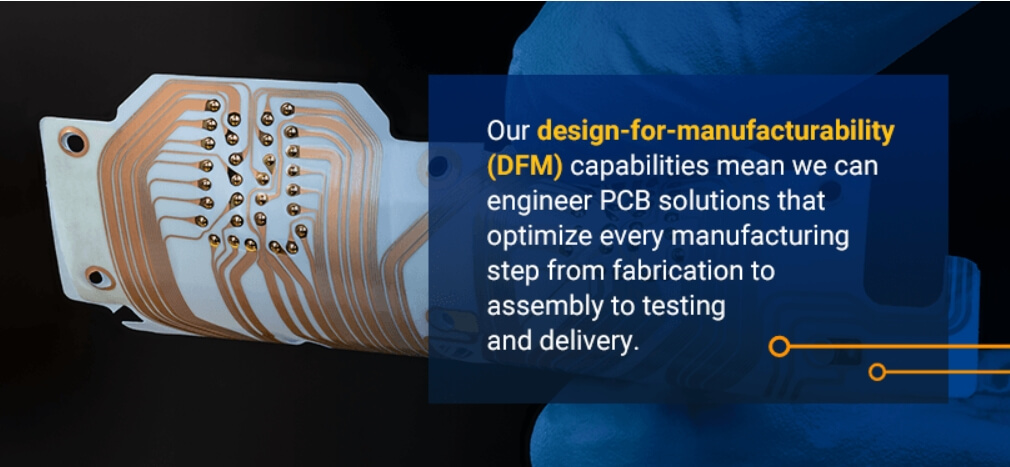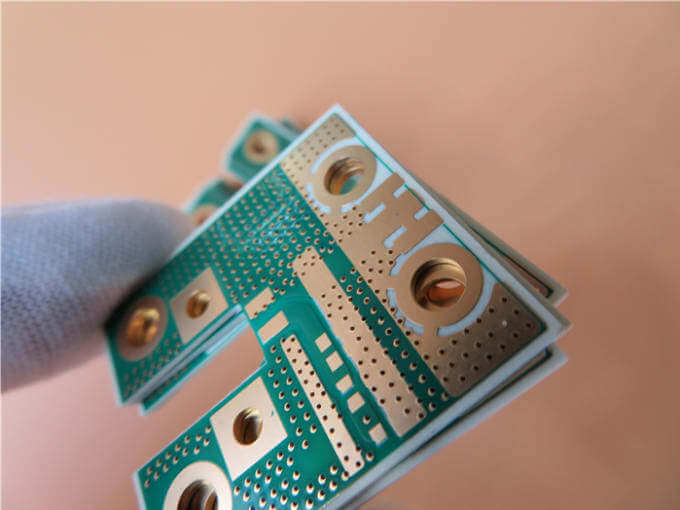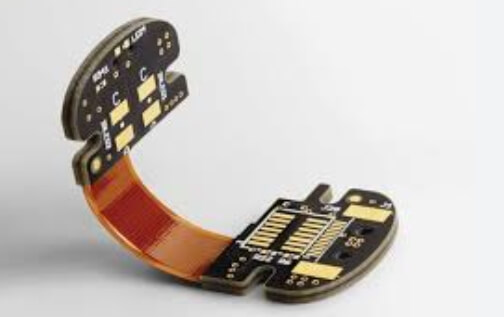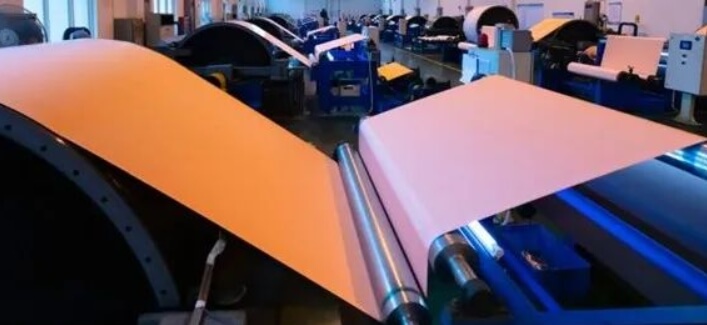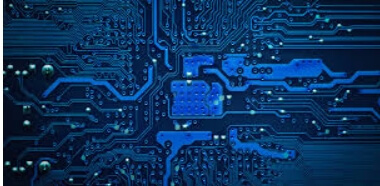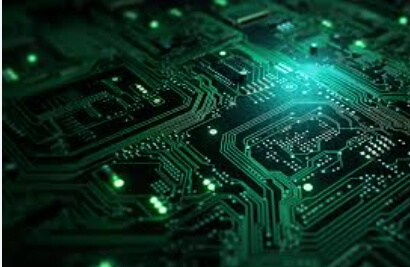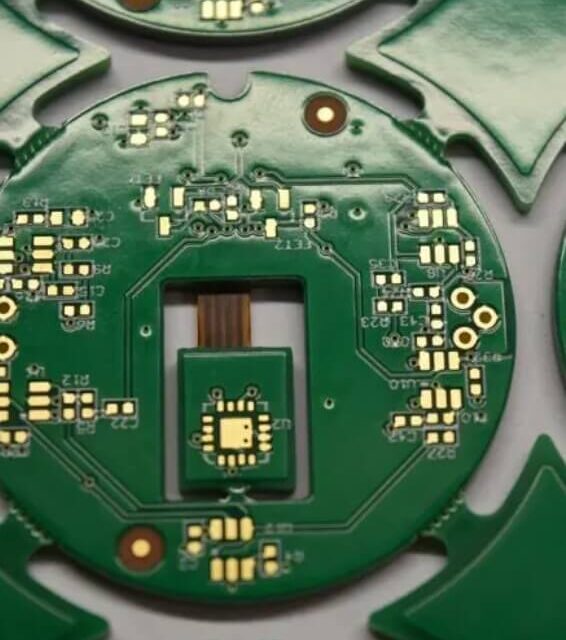There are some pretty amazing benefits to using flexible PCBs. Some of the advantages of flexible PCBs include the following: Reduced Space and Weight: Most of the advantages associated with flexible PCBs come from their low volume and weight. In fact, using a flexible PCB instead of a rigid PCB can result in a space reduction of over 50 percent and...
HomeCategory
PCB Manufacturing Services | High-Quality PCB & PCBA - KKPCB
24GHz radar detection system mainly supports short-range detection (SRR), high frequency circuit board and high wavelength. Applicable boards: RO4835, RO4350B, RO4003C . Among them, RO4350B nitride ceramic laminate and RO4835 nitride ceramic laminate are highly recommended. These two series belong to the cost-effective series for people’s daily use. Its PCB production cost is low, and it has...
KKPCB’s rigid PCB solutions allow you to build cost-effective boards that can perform in harsh conditions. As a time-tested standard for circuit boards, rigid PCBs maintain their shape and prevent deformation in a wide range of applications. Rigid PCBs are inherently versatile and are suitable for a variety of configurations from single to multi-layer. With KKPCB’s design...
HDI technology offers several benefits that can improve project outcomes compared to other options. With the right design and the right supplier, using HDI boards in your product can improve the overall quality and performance of your product, as well as customer satisfaction and profits. Other benefits include Smaller Size and Lighter Weight: With HDI boards, you can...
Copper foil used in the PCB industry is more complex than you might think. Copper is both an excellent conductor of electricity and an excellent conductor of heat, making it an ideal conductor for most PCB applications. Copper foil has many other properties that are important for engineers to understand. The copper foil used in the PCB...
Microstrip patch antennas and their arrays may be rare but are the most widely used antenna form. They have a simple structure and can be formed by a dielectric, a metal conductor patch on the dielectric layer, and a ground plane. Even the dielectric in the middle can be an air structure. A typical microstrip...
PCB Stackup KKPCB takes you on an exploration of the world of stackup options to ensure your electronic arsenal is fully equipped. Need seamless integration with your design tools? Our impedance models make it easy. Create efficient, impedance-aligned PCB stackups that resist bending and twisting to optimize performance and reliability. PCB layering or stacking is a...
Each rigid and flexible printed circuit board (PCB) design is different and can be customized based on the purpose of the board. The same is true for the PCB substrate – fiberglass is a commonly used substrate, but aluminum-based PCBs are also very effective in many industrial applications. Aluminum-based PCBs consist of a metal-based, copper-clad laminate that provides high...
These PCBs create a more challenging design for rigid-flex manufacturers, but we’ve been able to supply successful designs with full compliance and reliability. By engineering these in a 3D environment, we’re able to achieve spatial efficiency and incorporate folds and flexes to help you meet the desired shape that works best with your application. A rigid-flex printed...
HDI PCBs have a higher density per unit circuit than traditional PCBs. They use a combination of buried and blind vias and microvias (0.006 inches in diameter or less). A high-density board is a PCB that has one or more of the following features: Through and buried vias Through surface-to-surface vias At least two layers with...

